In the heart of Japan, the mountainous and agricultural prefecture of Tochigi holds a culinary secret that speaks volumes about its history and culture: Kate soba (かてそば). This article will take you on a journey to discover the unique characteristics, rich history, and flavors of this comforting dish, and guide you on where to experience it firsthand.
What is Kate Soba?

At its core, Kate soba is a distinctive variety of soba noodles, but what sets it apart is the addition of other ingredients, a practice reflected in its name. The word “kate” in the local dialect refers to the vegetables added to the soba to increase its volume and flavor. This is a practice that makes the meal more filling and nutritious. Hence, the most common “kate” ingredients are daikon radish and Chinese chives, known as nira. The choice of vegetable is often seasonal, with daikon being popular in the cold winter months and tender Chinese chives making an appearance in the spring.
And so, these additions are not mere garnishes; they are integral parts of the dish, cooked alongside the soba noodles to infuse them with their unique flavors.
History of Kate soba

The history of Kate soba is a story of survival and community. Its origins can be traced back to times when food was scarce. The practice of adding ingredients to soba noodles helped a single serving go further. This ensured families could enjoy a more substantial meal. Common people used this method to cope with food shortages. They made the best use of limited resources. They relied on vegetables they could grow themselves. Over time, this resourceful practice evolved into a cherished tradition.
Today, Tochigi Prefecture is known as one of Japan’s top soba producers. The dish has become a symbol of local pride. People follow the tradition of using vegetables that suit each season. In winter, daikon radish is added for hearty meals. In spring, fresh chives are used for lighter fare. This custom has been handed down for generations. Kate soba remains a living part of Tochigi’s cultural heritage.
A Restaurant to Experience Kate Soba
Kamenoi Hotel Okunikko (亀の井ホテル 奥日光湯元)

For travelers eager to taste this authentic regional delicacy, the Kamenoi Hotel Okunikko in Tochigi provides an excellent opportunity. The hotel’s restaurant features a buffet-style dining experience that includes a variety of local dishes, among them the distinctive Kate soba with Chinese chives. This allows guests to sample the dish in a relaxed setting while also exploring other flavors unique to the area.
Conclusion
Kate soba is a beautiful example of how simple ingredients can tell a powerful story. The combination of soba noodles and seasonal additions creates a hearty meal. It is flavorful, delicious, and historically significant. Many people enjoy the comfort of a warm bowl with added ingredients. Japanese cuisine offers many other similar dishes to explore.
If you enjoyed the unique flavor and history of Kate soba, you might also like to try other similar dishes such as Kitsune Udon, Tanuki Soba, or Tsukimi Soba.
Kate Soba (かてそば) FAQ
- What is Kate Soba?
It’s a traditional soba dish from Tochigi, served with simple side dishes or seasonal vegetables, often mixed into the noodles.
- What does “Kate” mean?
“Kate” means side dishes or accompaniments in the local dialect, reflecting the custom of eating soba with everyday foods.
- How is Kate Soba different from regular soba?
Instead of just dipping noodles in sauce, it’s combined with vegetables, beans, or wild plants, making it hearty and rustic.
- When is it usually eaten?
It was traditionally eaten during farming seasons as a filling and nutritious meal.
- Where can I try Kate Soba in Tochigi?
Local soba restaurants, roadside eateries, and food festivals in Tochigi sometimes serve this specialty.
- Is Kate Soba vegetarian-friendly?
Often yes, as it uses soba noodles with vegetables or beans, though some recipes include fish-based broth.
- Why should tourists try Kate Soba?
It offers a taste of Tochigi’s farming culture—simple, hearty, and deeply connected to local life.
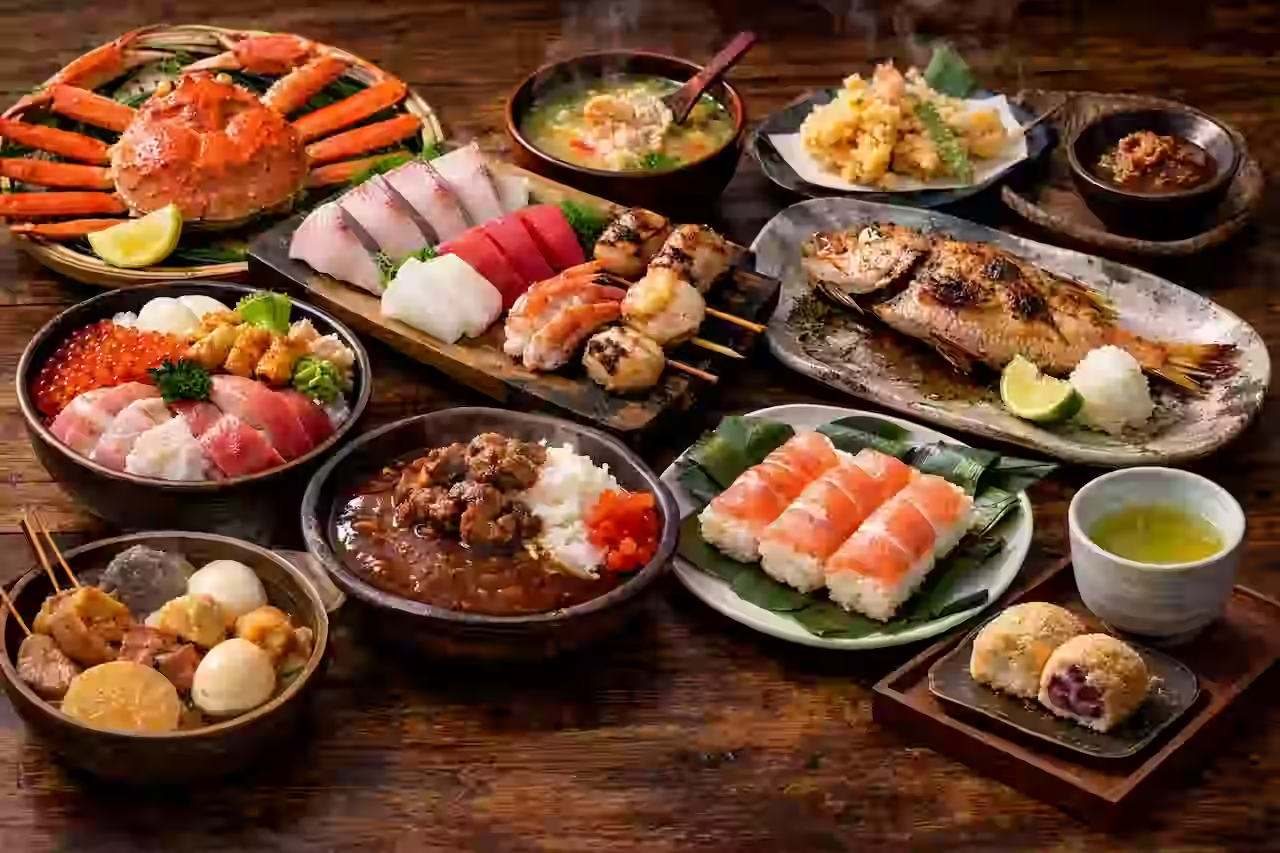
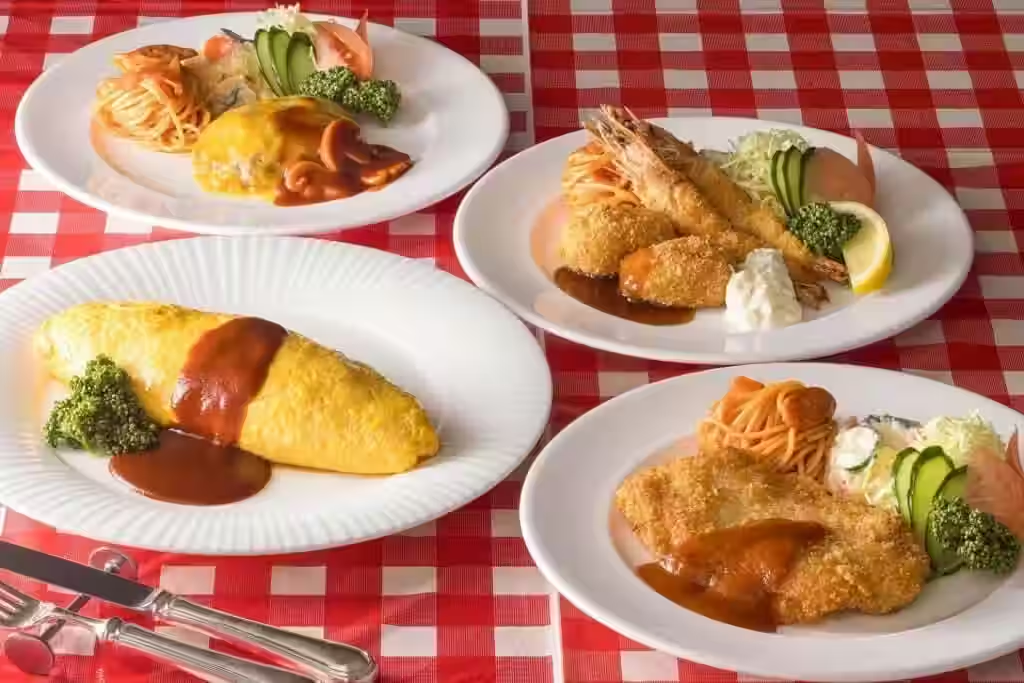
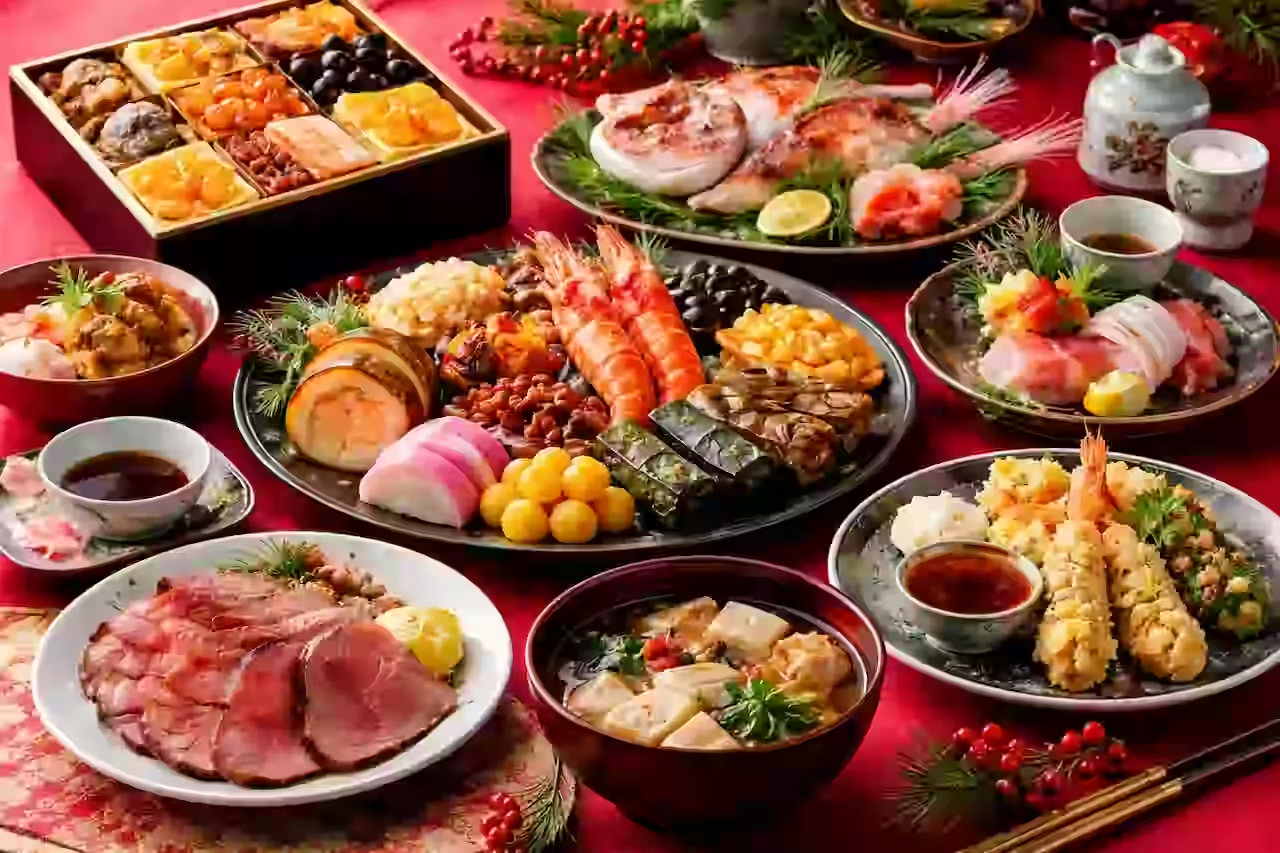
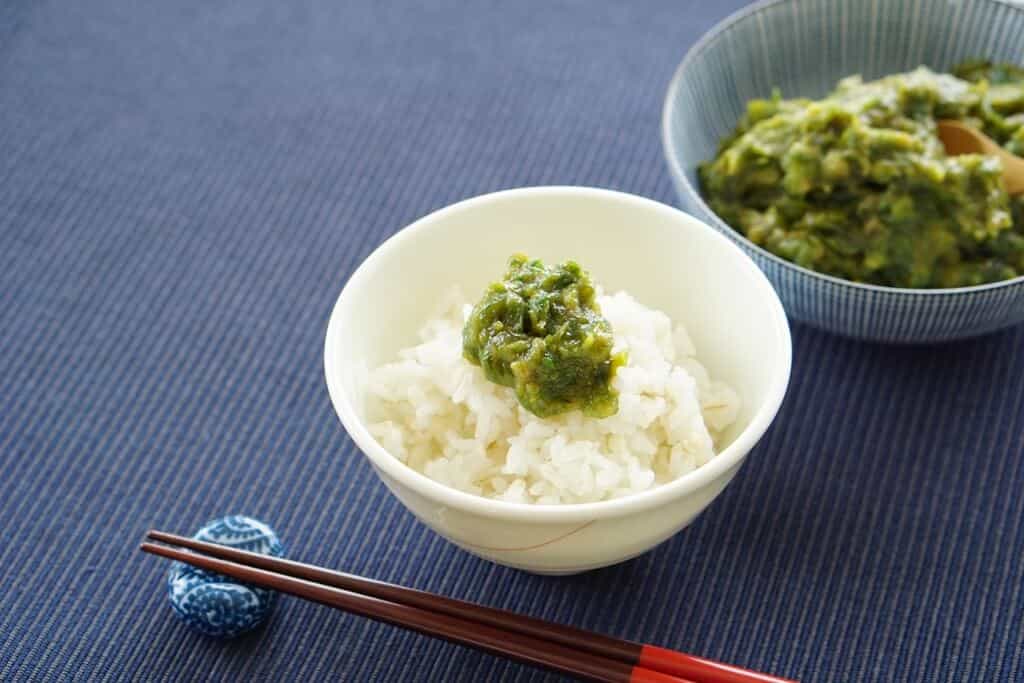
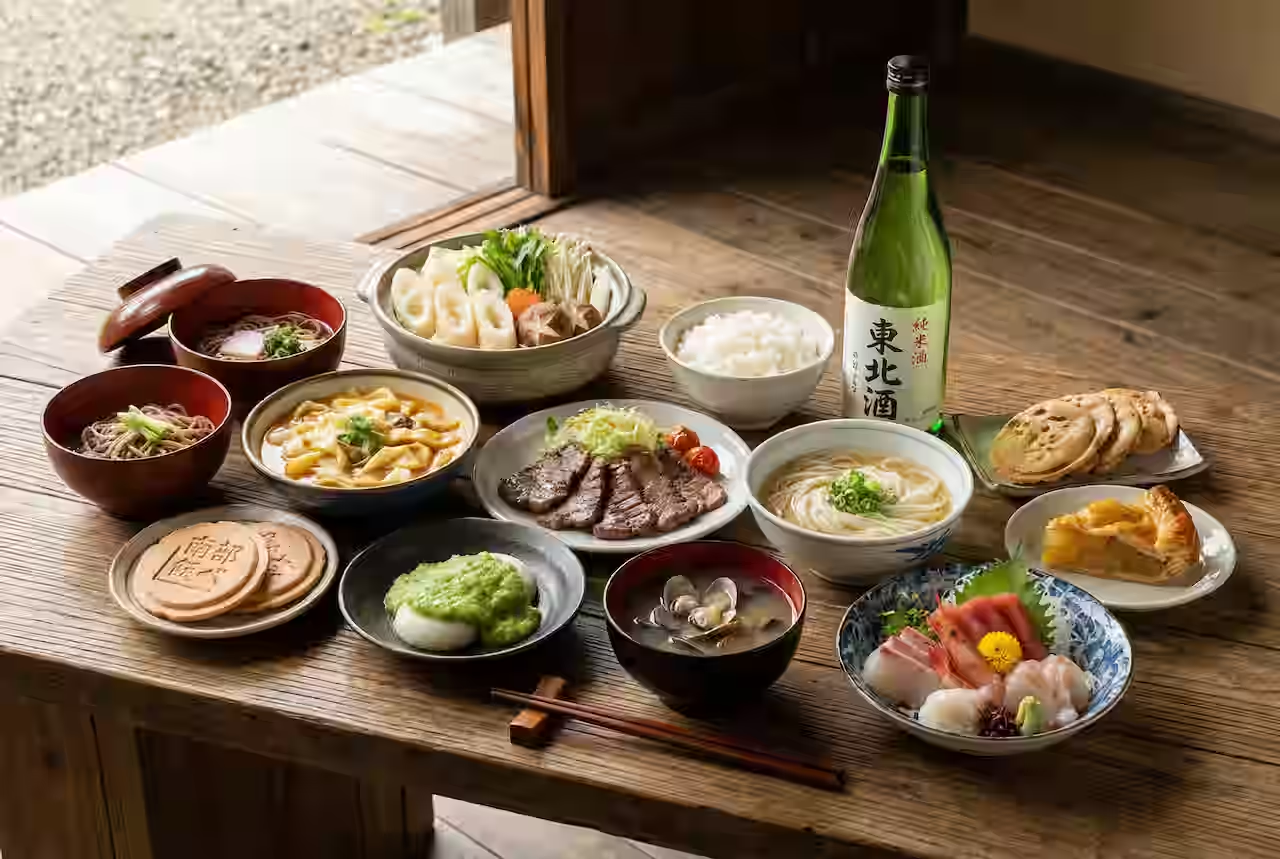

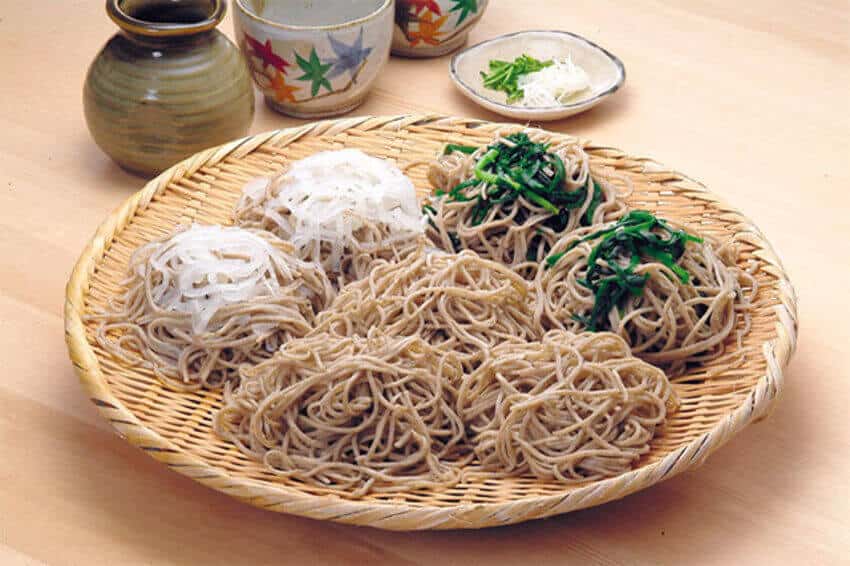

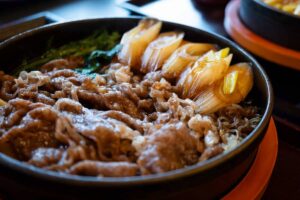
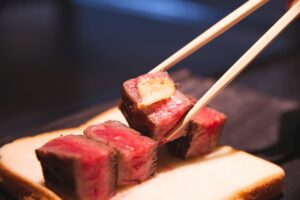



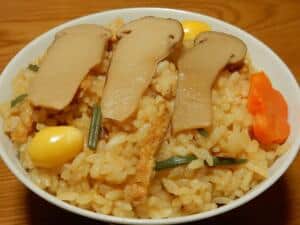

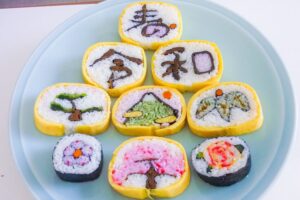
Comments